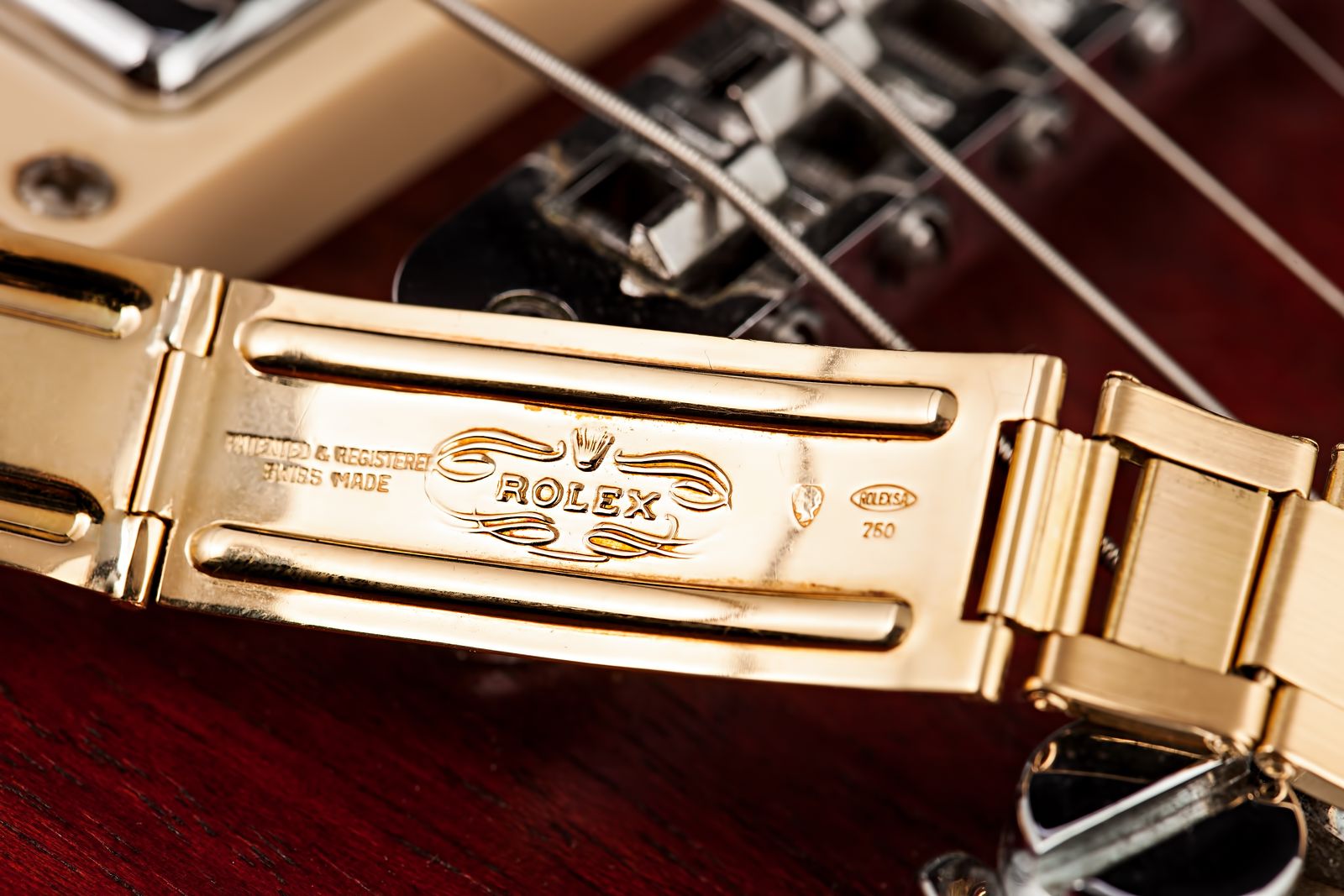Rolex Clasps
The clasp is one of the most overlooked, yet important parts of a Rolex watch. The clasp is what stands between the wearer and the loss of their valuable timepiece. The clasp is also the most "used" part of the watch, as the wearer will always handle and adjust it when taking the watch on or off - regardless of the specific model they may own.
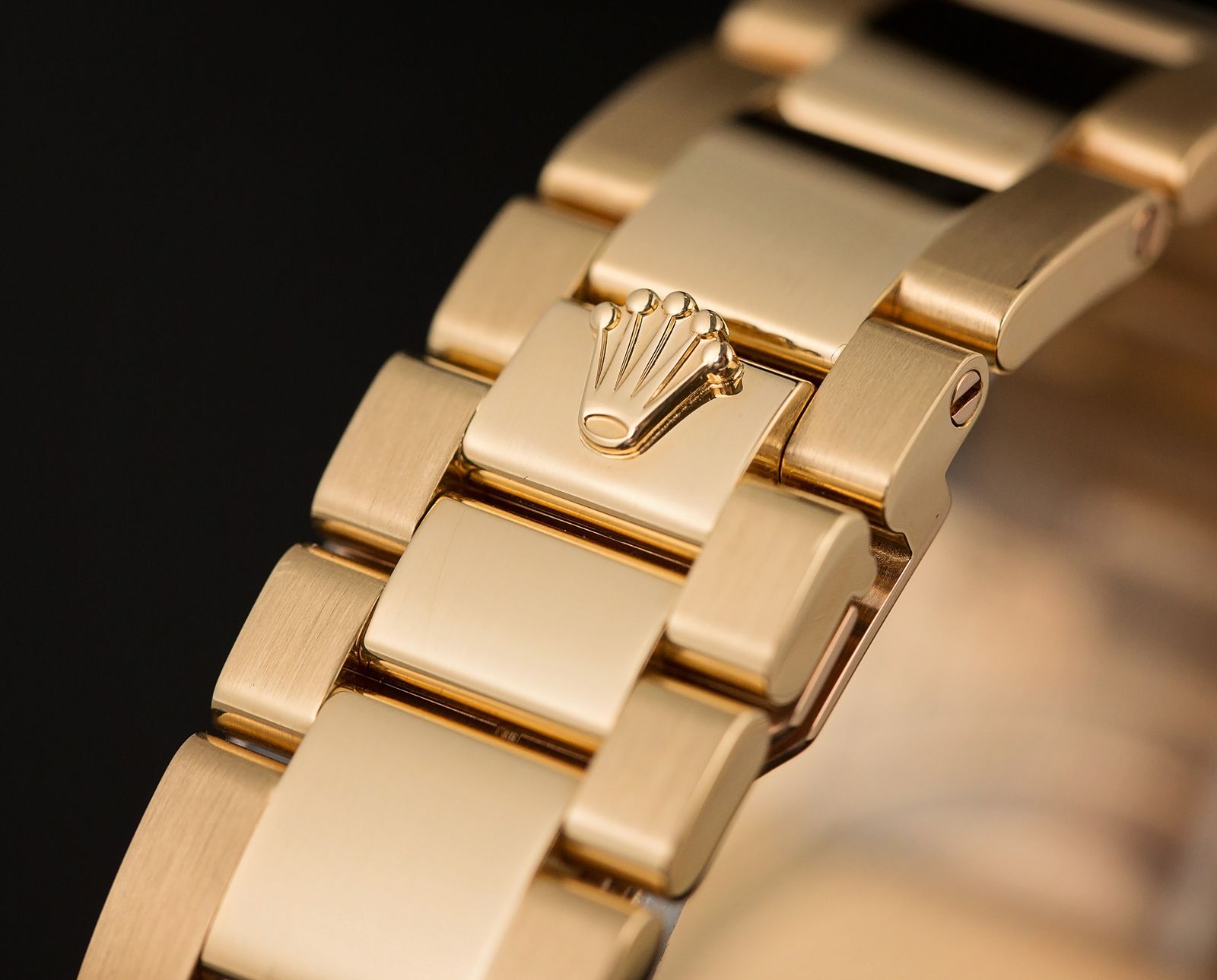
Without the clasp, a Rolex watch is unwearable. It becomes little more than a pretty, small clock. As with all aspects of design, Rolex paid careful attention to the clasp. Designs throughout the years ensured reliability, strength, and protection, as well as aesthetic value. Rolex has designed a series of clasps using the latest research and technology, each put through stringent testing to ensure the highest quality product.
Clasps have always been important. As such, Rolex has always taken a market-leading level of care in their construction. But what constitutes market-leading has shifted notably over the past few decades. While it would be more than fair to have regarded a Rolex clasp from the sixties or seventies as one of the best in class, comparing those products to the modern day’s engineering masterpieces would display an enormous disparity in build quality.
Click Here for our Ultimate Buying Guide on Rolex Watches.
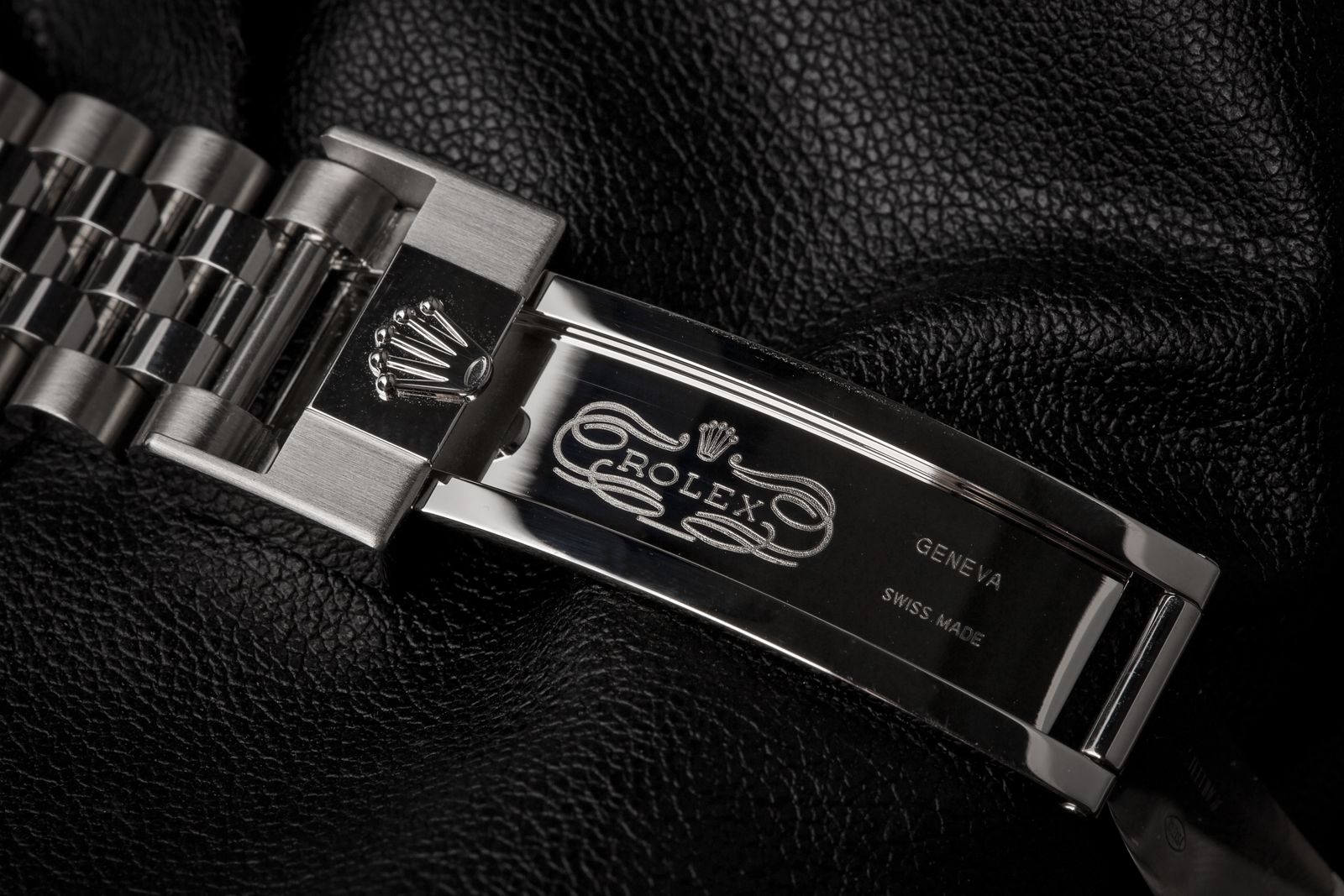
Identifying your clasp
Many Rolex bracelets are stamped with codes. You can often find these codes on two different locations: the clasp and the end-links of the bracelet - although it should be noted that certain other codes can appear on other location of a Rolex bracelet.
However, the vast majority of Rolex clasps will have codes on them and Rolex began the practice of stamping clasps in 1976. The vast majority of clasp codes begin with one or two letters, followed by a number 1 through 12. The letter(s) indicates the year, and the 1 through 12 number indicates the month.
In 2011, Rolex did away with the previous clasp code configurations system, changing to a completely random three digit clasp code system. The three digit code is composed of either all numbers, all letters, or a combination of the two. Because the code is random, it reveals nothing about the timepiece’s production date like previous-generation Rolex clasps.
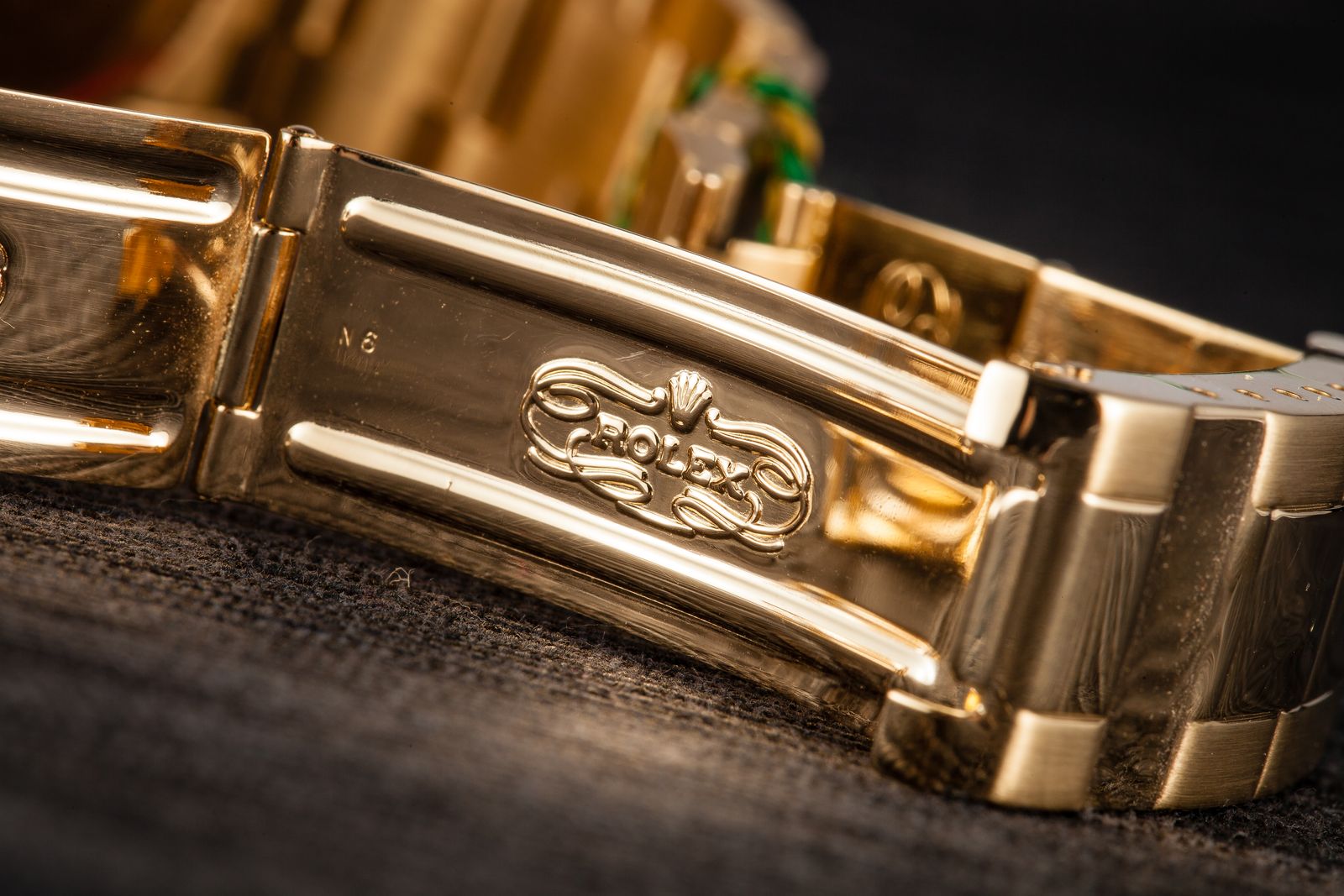
Different types of Rolex clasp
While the Oysterlock is the most famous type of modern Rolex clasp (largely because it is deployed on many of the Crown’s most sought after models), it is most definitely not the only one. Quite a few different Rolex clasps are lurking in the collection. Let's dive into them now.
Oysterlock Clasp
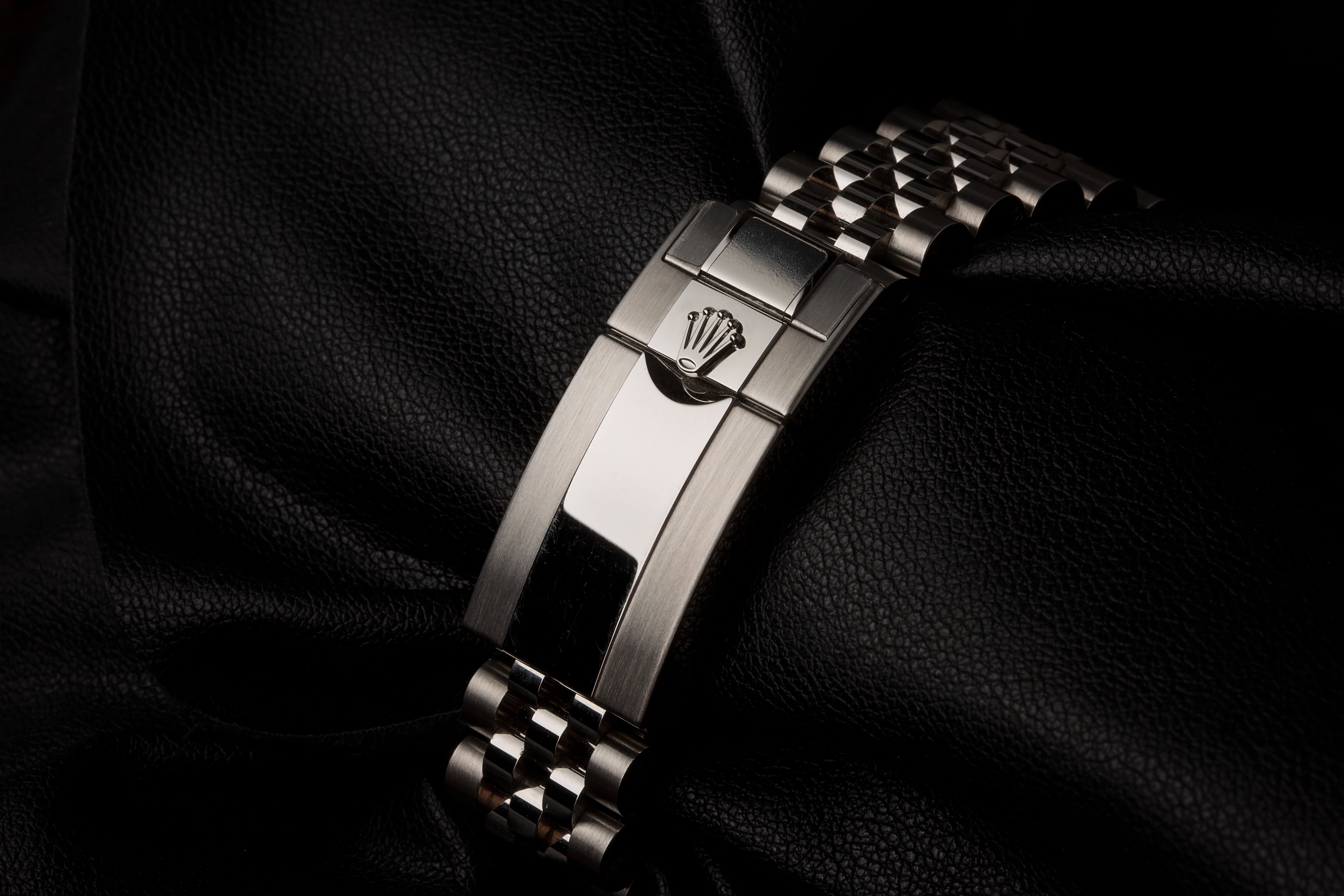
This newly developed clasp attempts to reconcile the demands made on the brand's Professional watches. It does this by skillfully blending sophisticated engineering, smooth lines, and security. The standard Oysterlock clasp is crafted from 904L steel with increased chromium content. The added chromium makes the clasp especially corrosion-resistant - perfect for use in the water.
Glidelock Clasp
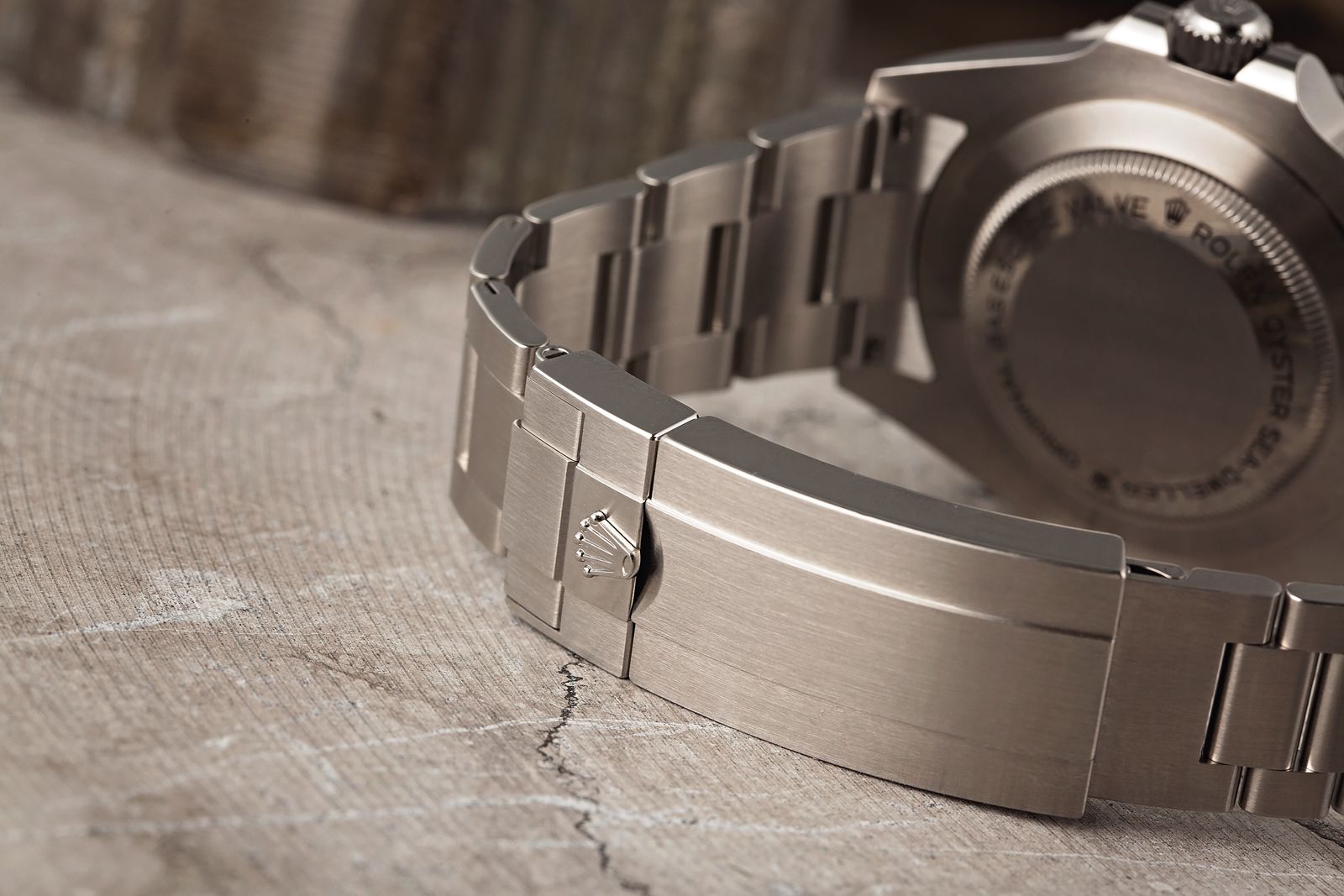
The Rolex Glidelock clasp is very often confused with the Oysterlock clasp itself. While it looks rather similar to the Oysterlock, the Glidelock clasp is much longer. Concealed within it is a truly fantastic extension system. This extension allows divers to expand the band by approximately 20mm in precise 2mm increments. Additionally, the Fliplock extension links on the Sea-Dweller and Deepsea models enable the bracelet to be adjusted by a further 26mm. As such, wearers can quickly adjust the watch to be worn comfortably over a thick diving suit.
While we may well take this kind of functionality for granted these days, it was not always the case. Considering the clasp’s importance, it should come as no surprise that just as much research and development have gone into improving this aspect of the wearing experience as any other aspect of watchmaking in the past half-century. The Glidelock is Rolex’s most advanced and technically impressive clasp and it is used on only the brand's professional dive watches. It is, given those models’ popularity these days, unlikely to be found sitting on the shelves of your local authorized dealer.
Rolex buckle
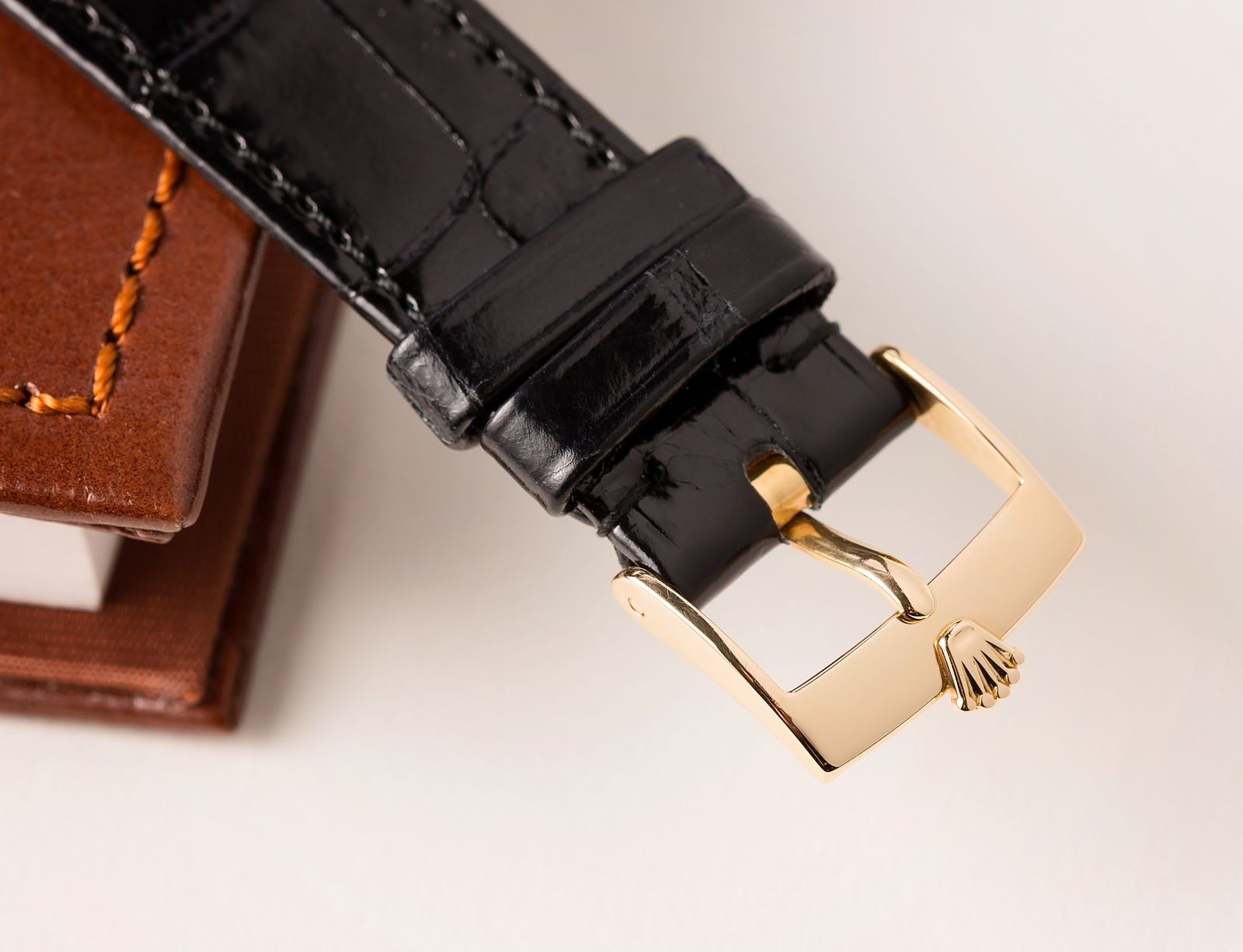
From the most complex Rolex clasp to the simplest. The Rolex buckle is a rare beast these days as the vast majority of Rolex’s watches are delivered on bracelets. However, the sometimes overlooked Cellini range still produces watches that come on leather straps, affixed to wrists by solid 18k gold pin and tang buckles (or ardillon, if you prefer).
These classic buckles work just like a standard belt and are very common throughout the industry. They work particularly well on dressier timepieces as they do not add too much visual bulk to the wrist’s underside and are slender enough to slide effortlessly under a shirt cuff.
Oysterclasp
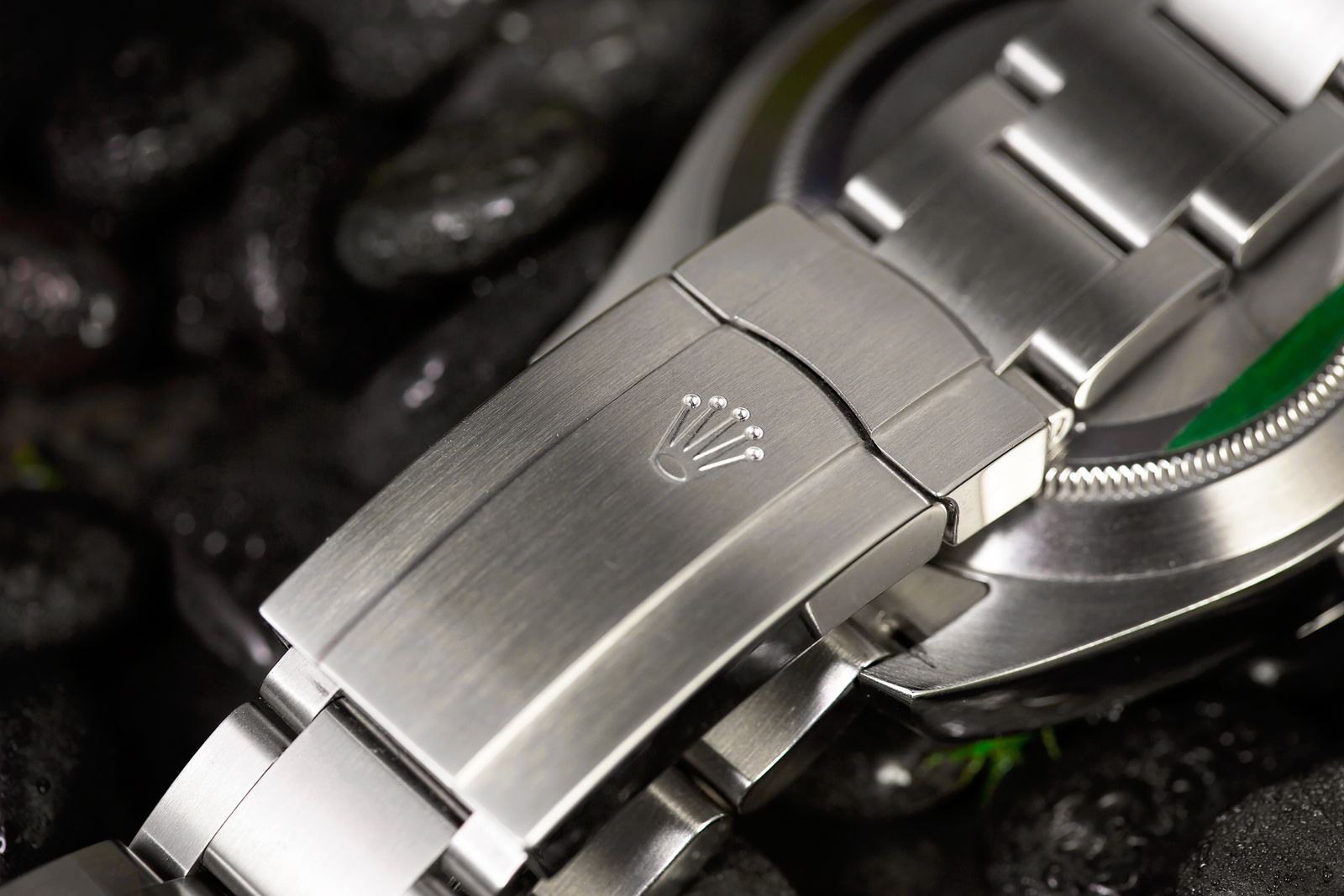
Not to be confused with the Oysterlock clasp, the Oysterclasp clasp looks almost identical - except for the fact it lacks the additional fold-over security lock found on its bigger brother. The Oysterclasp is found most commonly found on watches from Rolex's Classic series, such as the Datejust and Oyster Perpetual models, which are Rolex's everyday timepieces and thus not expected to be used in such challenging environments like the Professional series watches.
The Oysterclasp is a simple clasp, perfectly suited to everyday wear. Fitted to both Oyster and Jubilee bracelets, the Oysterclasp is Rolex's standard go-to clasp option and represents the perfect fusion of reliability, regality, and innovative design.
Hidden Crownclasp
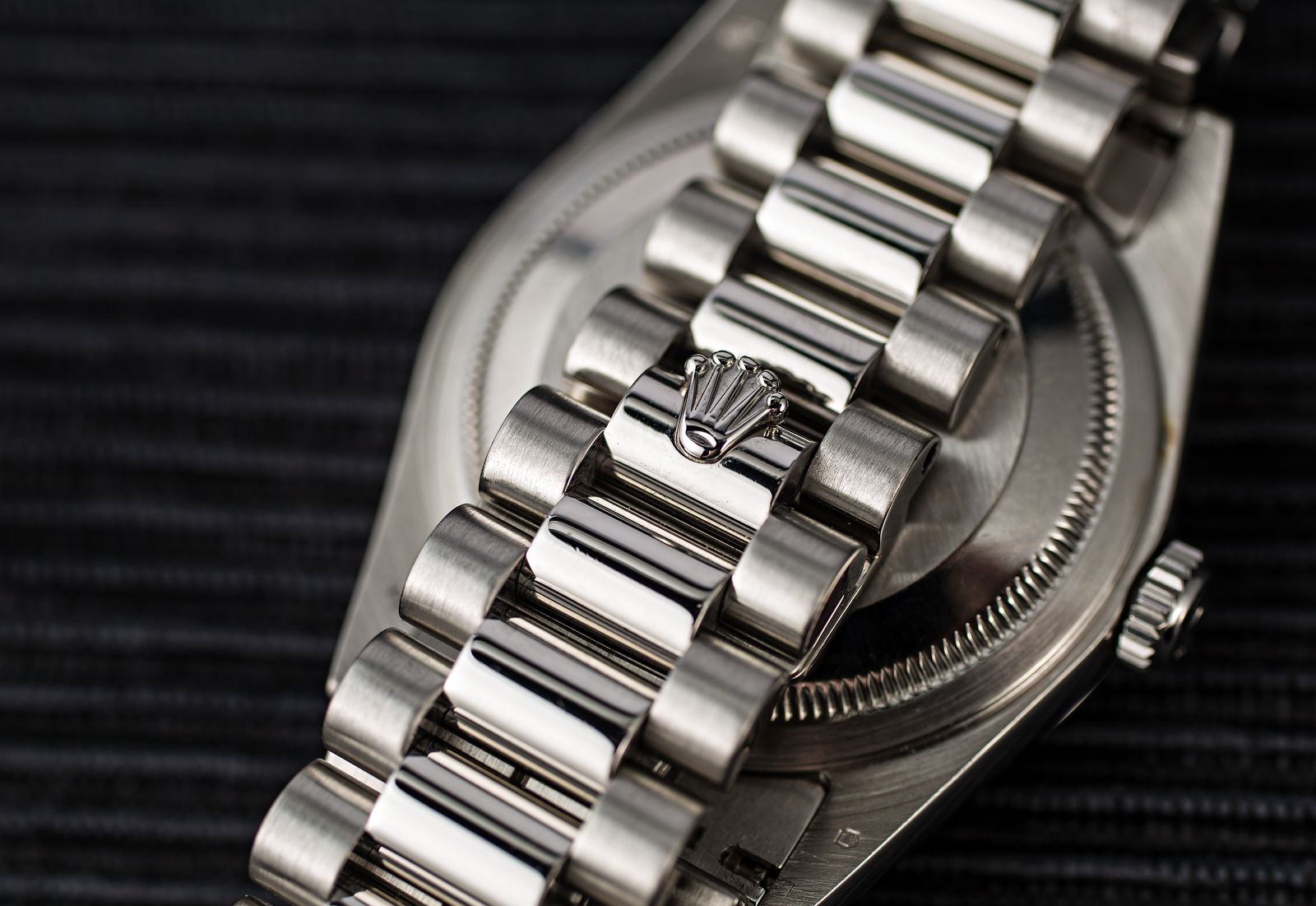
The Rolex Hidden Crownclasp is perhaps the most elegant of all the Rolex clasps. It was conceived to allow a bracelet to appear as if an unbroken chain of steel and/or gold wrapped around the wearer's wrist. When closed, the Rolex Hidden Clasp is only locatable by the coronet logo that sits proudly at the point of fastening.
You can find this clasp style on President, Pealrmaster, and Jubilee bracelets, although it is no longer offered as an option on the Jubilee bracelet within Rolex's current lineup. It was once more common to find it on the Rolex Datejust than it is today, as the modern Jubilee bracelet is now fitted with the Oysterclasp on the larger models (36mm and 41mm). This update is in line with an overall trend towards sportier and more robust styles throughout the Rolex catalog.
However, if you’re a fan of the hidden clasp, you can still pick it up on the smaller Datejust models with the president bracelet, along with older generations of the Datejust that are fitted with solid-link Jubilee bracelets. Lastly, the variant of the hidden clasp (which some regard as a distinct style of Crownclasp in its own right) can be seen on the Pearlmaster bracelet and helps maintain its elegant and seamless design.
